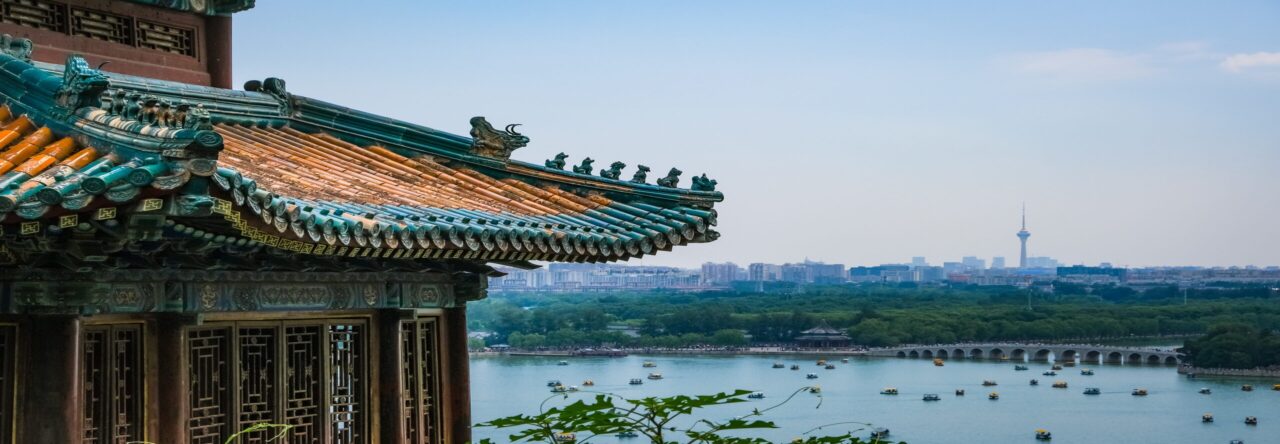
A very common thread has run through the course of this class– that China is still bound to the politics and persuasions of other countries and cannot act of its own accord without repercussion. While this class has mainly focused on the global economic side of things, “Rivers of Iron: Railroads and Chinese Power in Southeast Asia” offers a look into the policy-based, political approach to China’s global practices. I found this book to be my favorite of the semester, as the role that international politics plays in the global scene of economics and the importance that image plays in a country’s willingness to act truly intrigues me.
In this book, the authors closely examined the power with which small Southeast Asian countries have the power to connect and bargain with China and the extent to which they practiced that power. I found China’s relationship with Laos to be the most interesting because of the historical role that it played in Chinese-Vietnamese relations in the 1970s and 1980s, and the balance-seeking position that it found itself in during the Vietnam War. Relations were tense between all three countries but eventually softened between China and Laos in the early 1990s. Since then, China has invested heavily in Laotian construction, and this investment has been heavily scrutinized as being neocolonialist, and certainly, power dynamics play a key role in the countries’ relations. Laos is an interesting player in China’s attempt to connect Southeast Asia through the BRI.

Though Laos is one of the poorest and least developed countries in Southeast Asia, its role in negotiating the terms of the Vientiane Railway is incredibly interesting. Laos is a communist regime and democratic opinion is not often a deep stake in official positions. However, with this HSR (High-Speed Railway), Laos held the Chinese state to better terms for itself both politically and for the sake of its people. When the initiative to build this railway was born, the Laotian parliament, backed by the World Bank and the Asian Development Bank, immediately flagged the transaction as being heavily unfair. As a result, China reduced the loan amount from $7.2 billion to $500 million and instead financed the remaining portion. Though this back-and-forth languished for five years and delayed the project heavily, Laos was able to create a more suitable financial case for itself while still receiving benefits from the railway.
Despite China’s best efforts to convey itself as a benevolent benefactor in the region, its concession to these demands was simply part of the deal it had to make to secure its position in strategically important Laos. Knowing this, Laos was able to sway its own power despite its seemingly weak position at the bargaining table. In this, we can see that–even from an international relations perspective– China is not omnipotent and must abide by some rules of the game.


